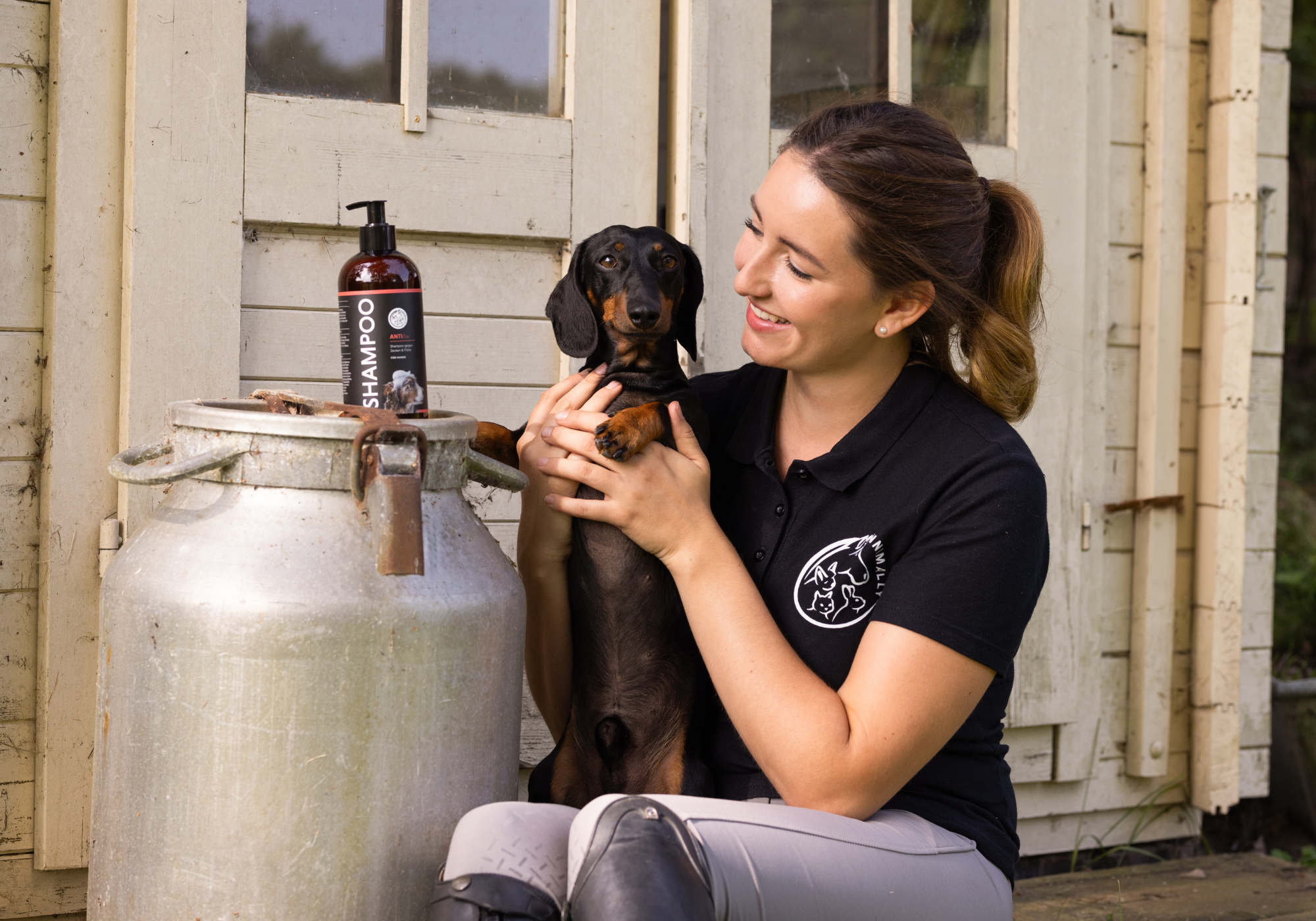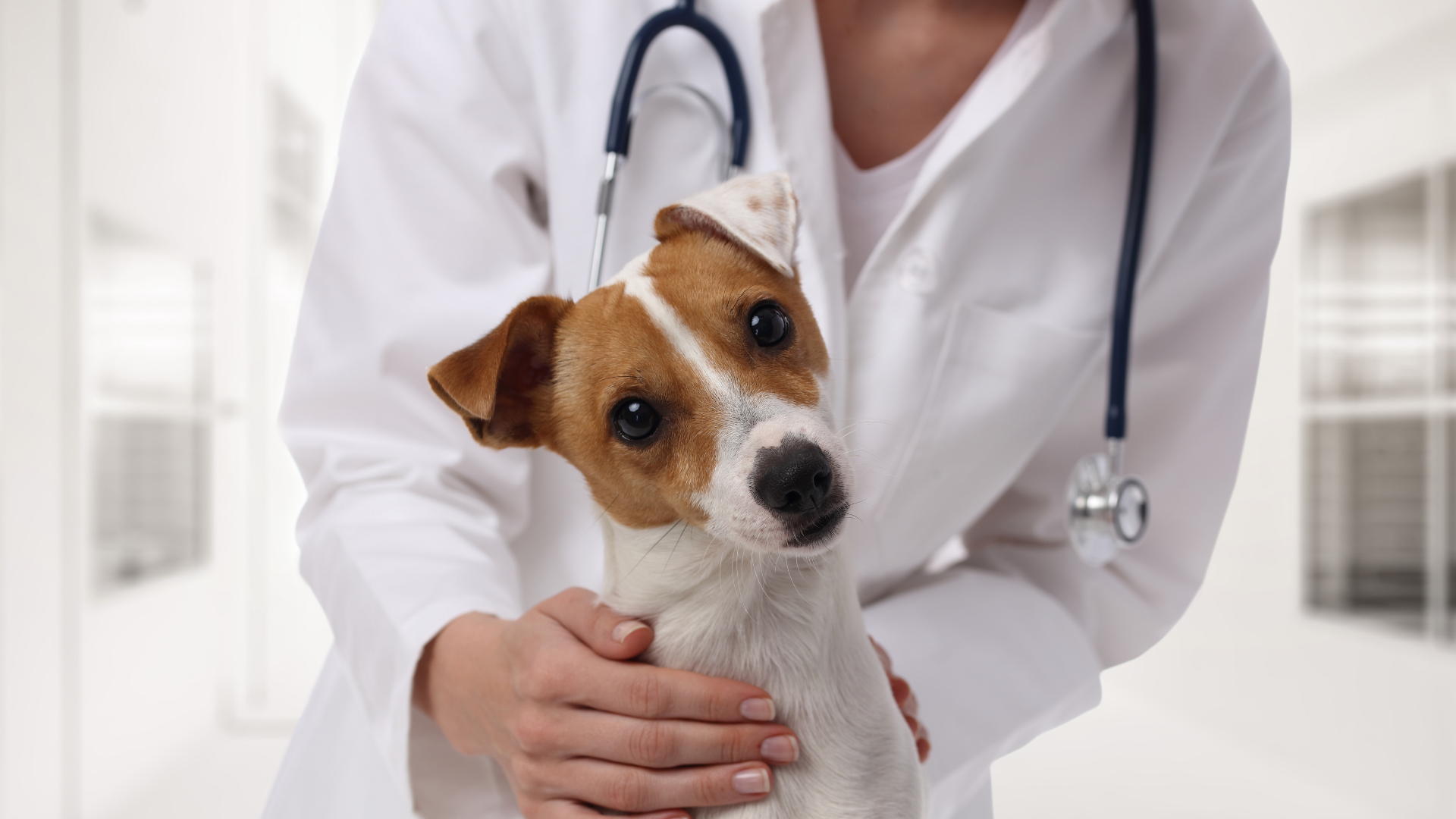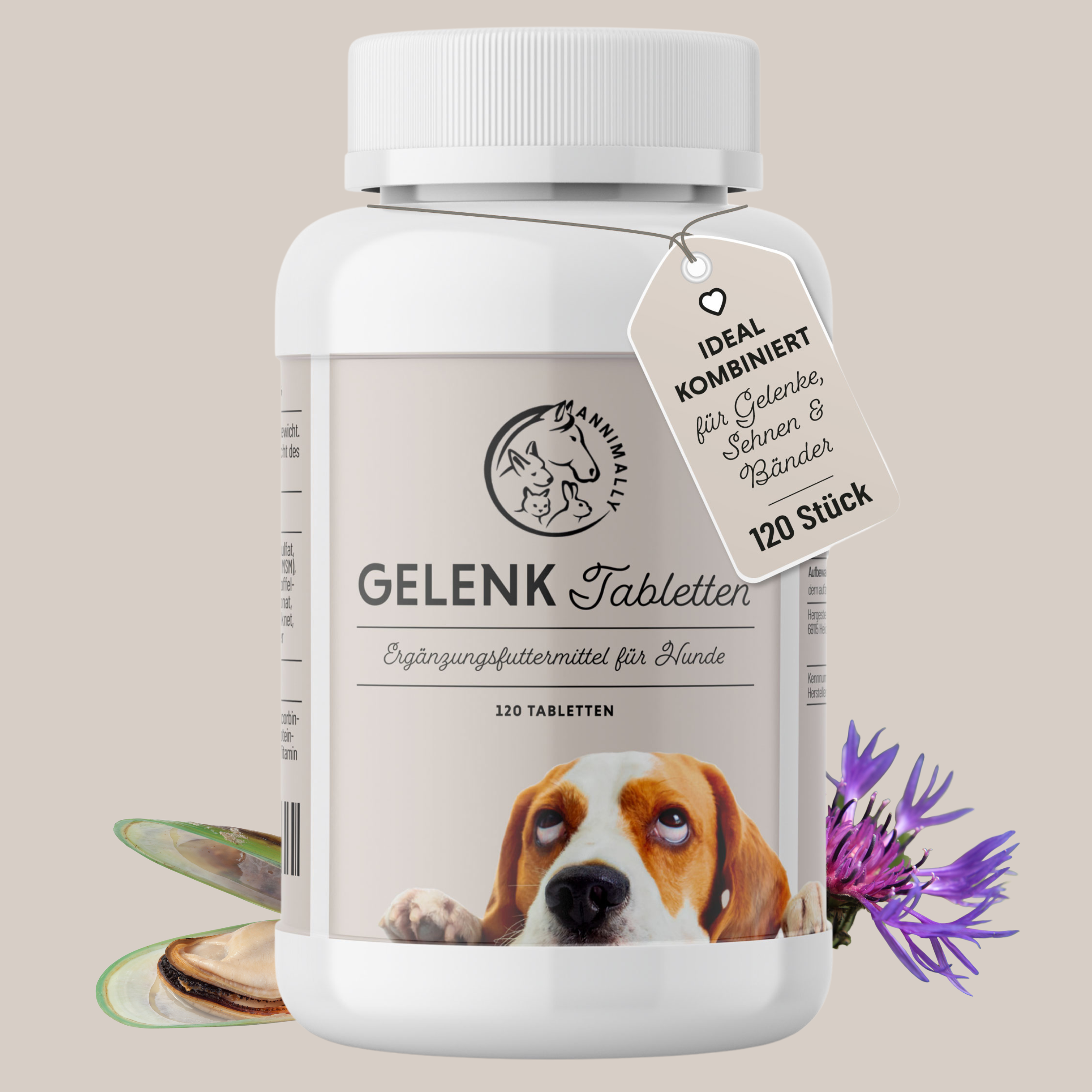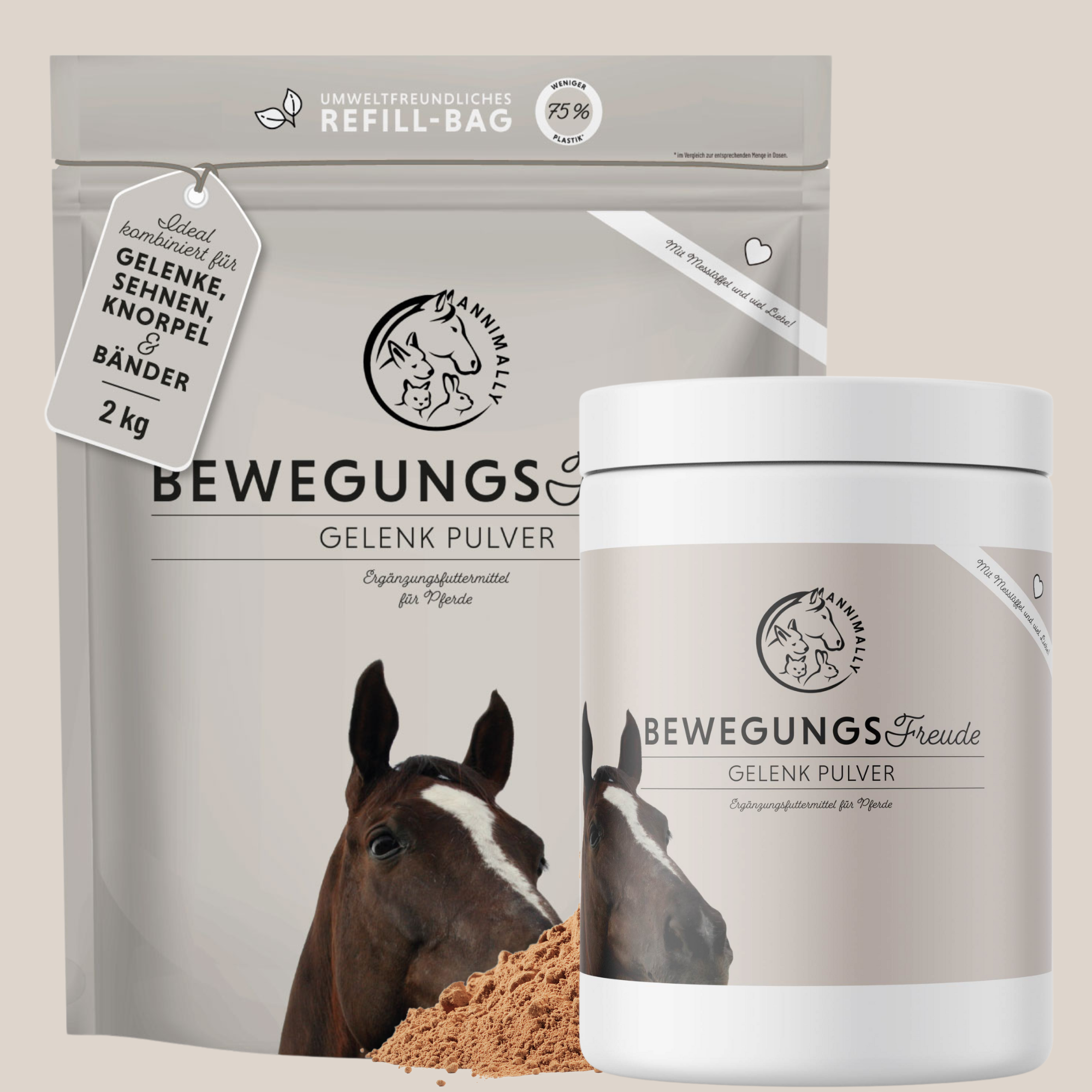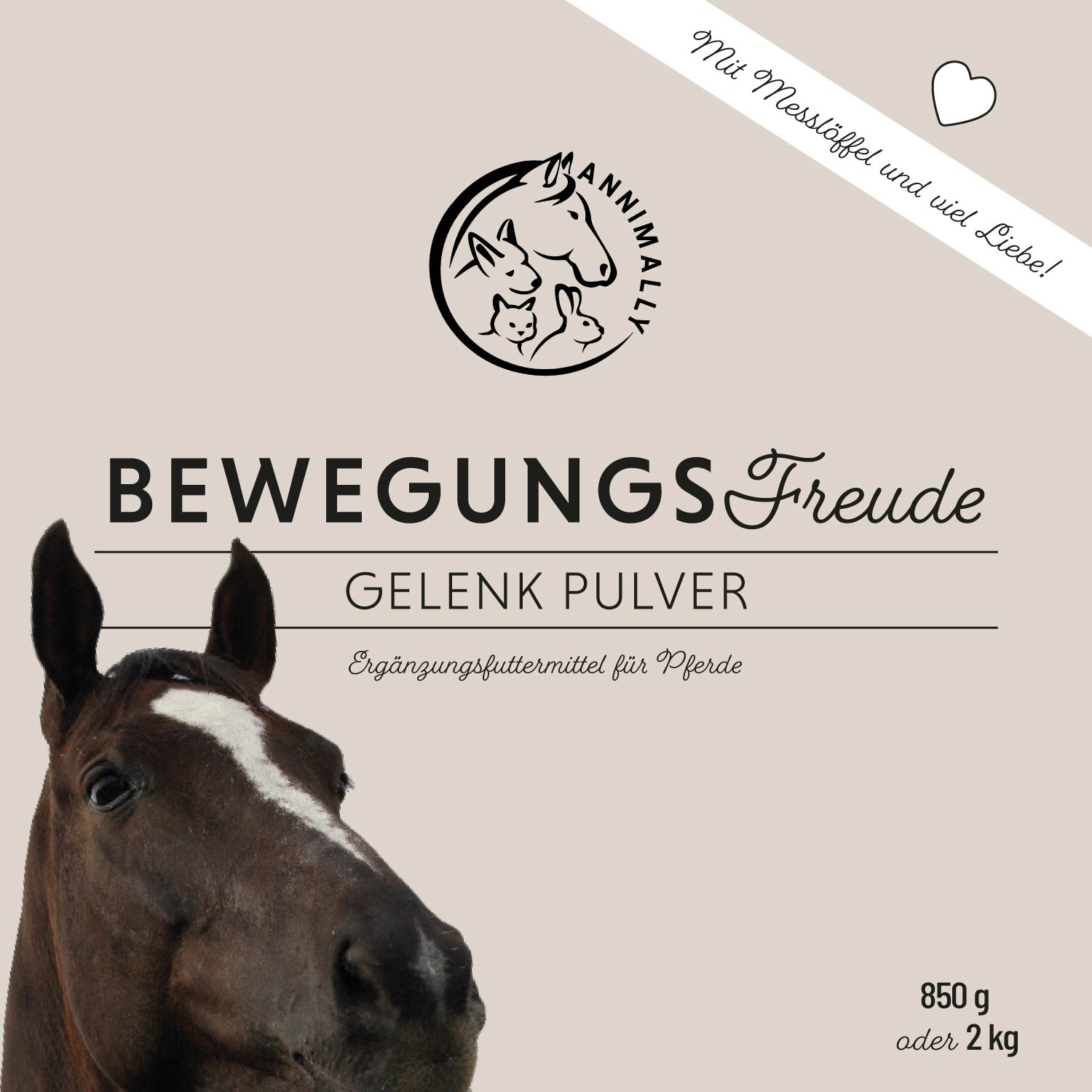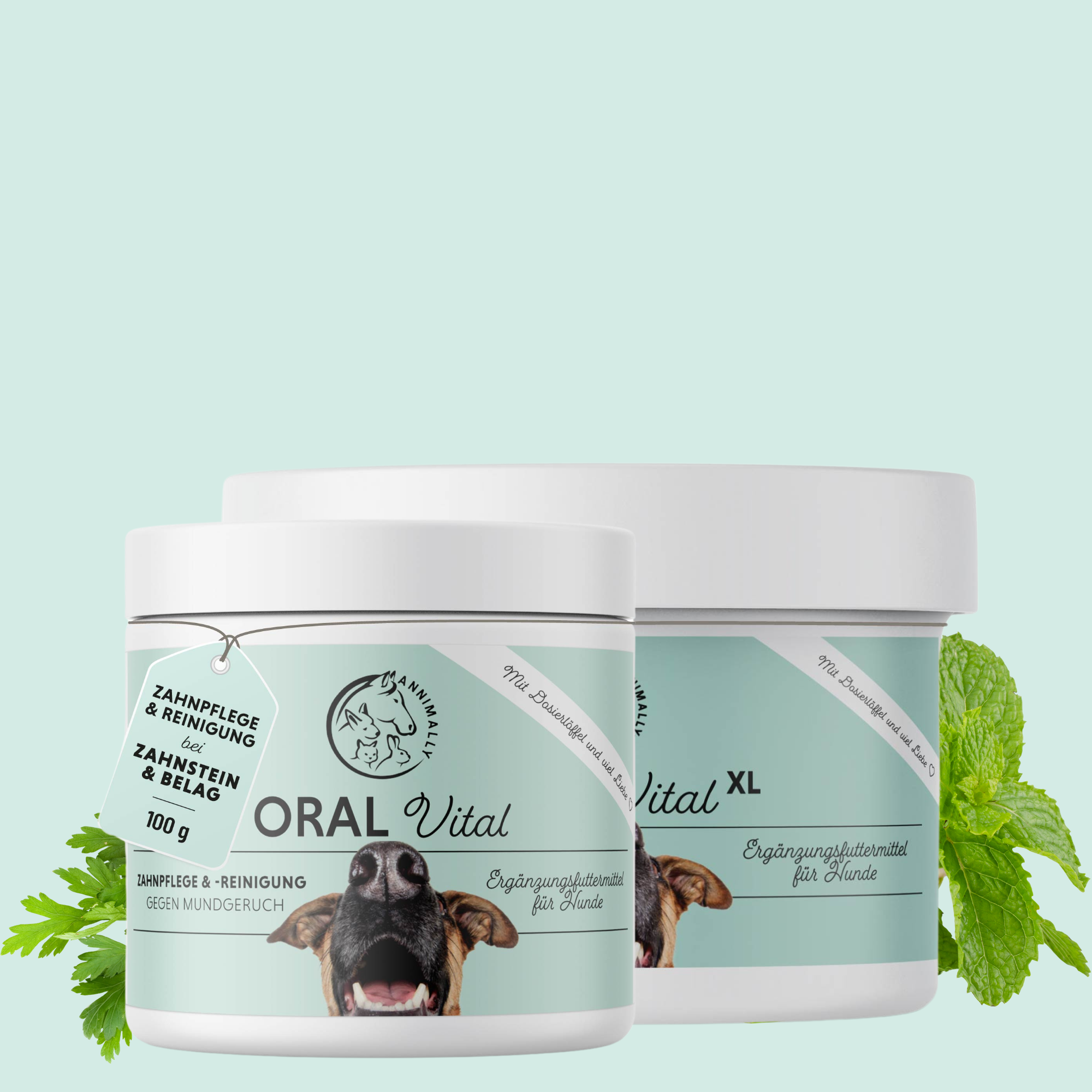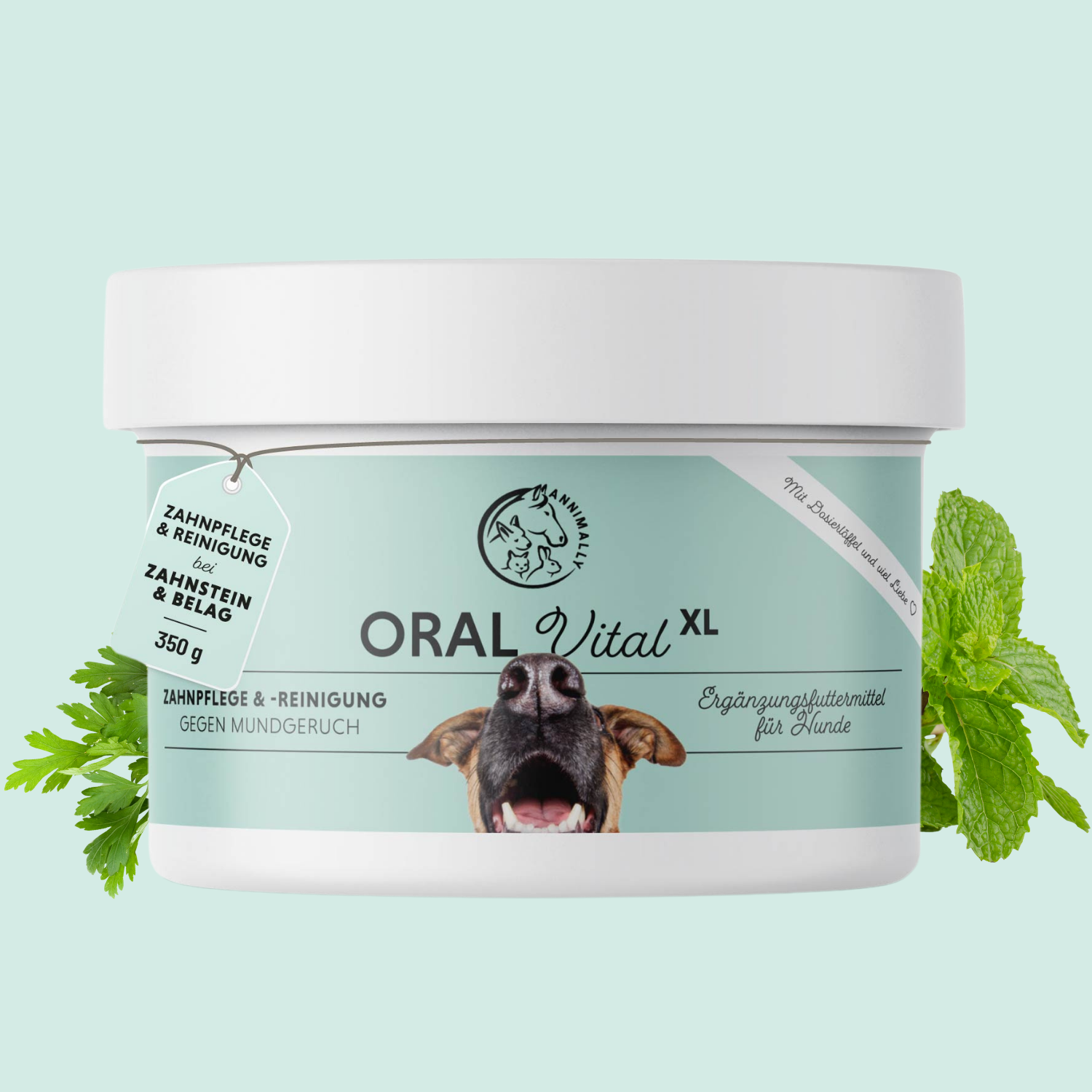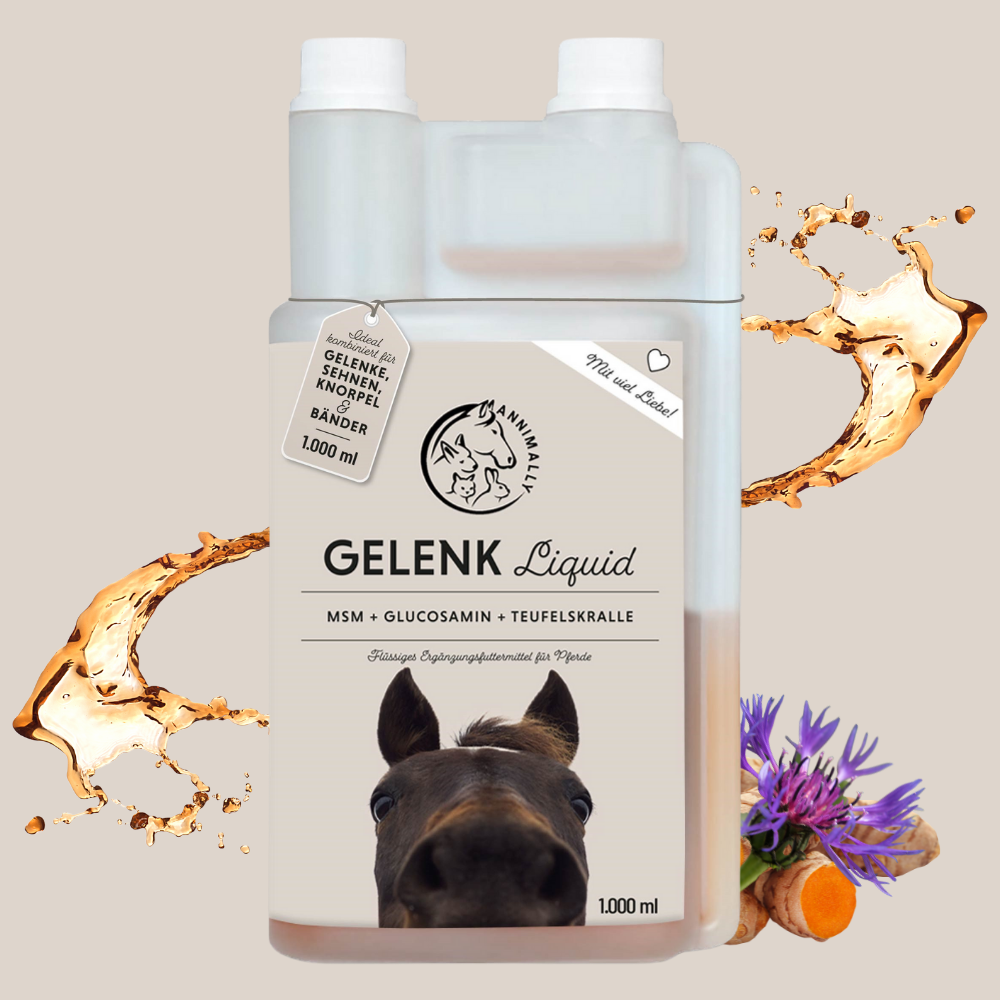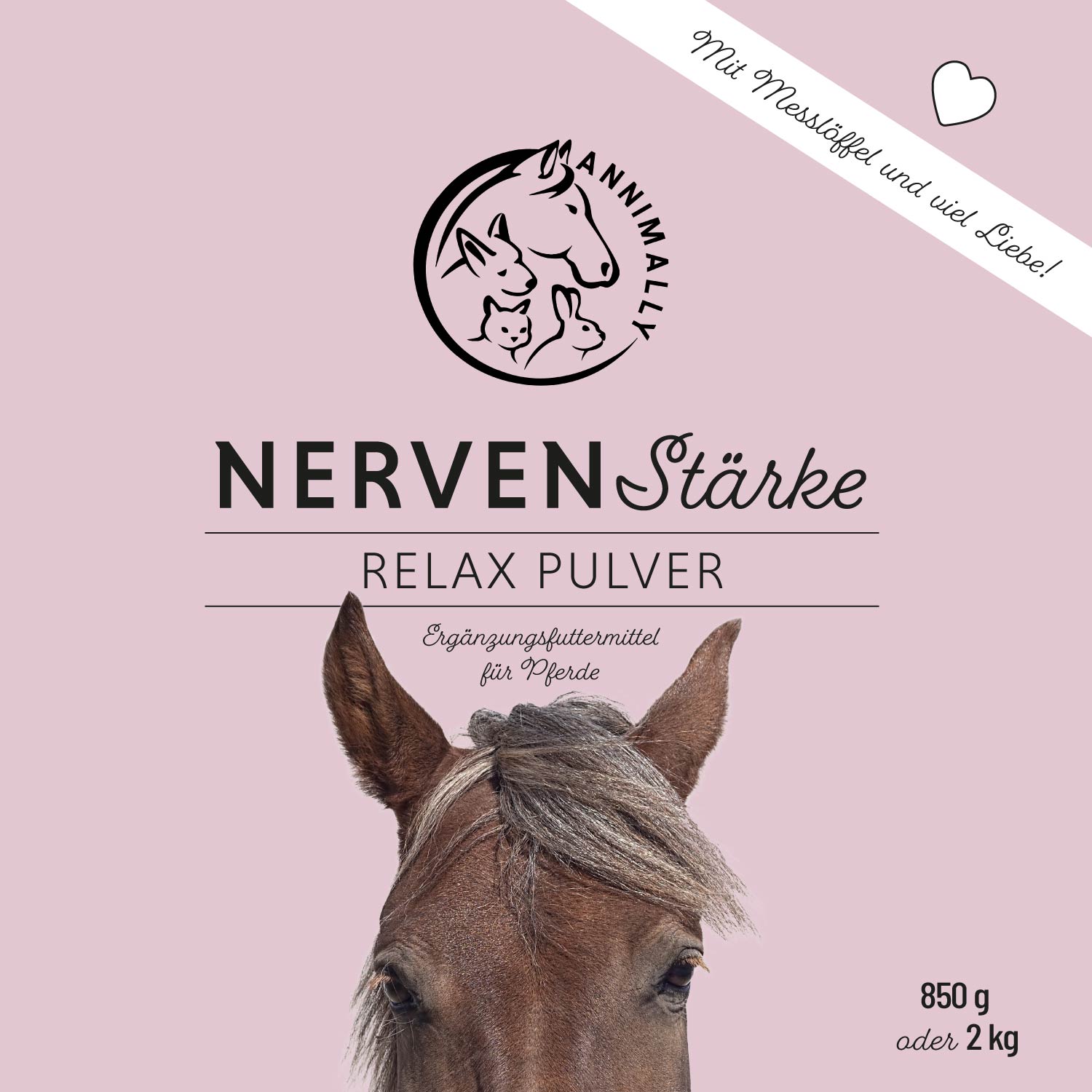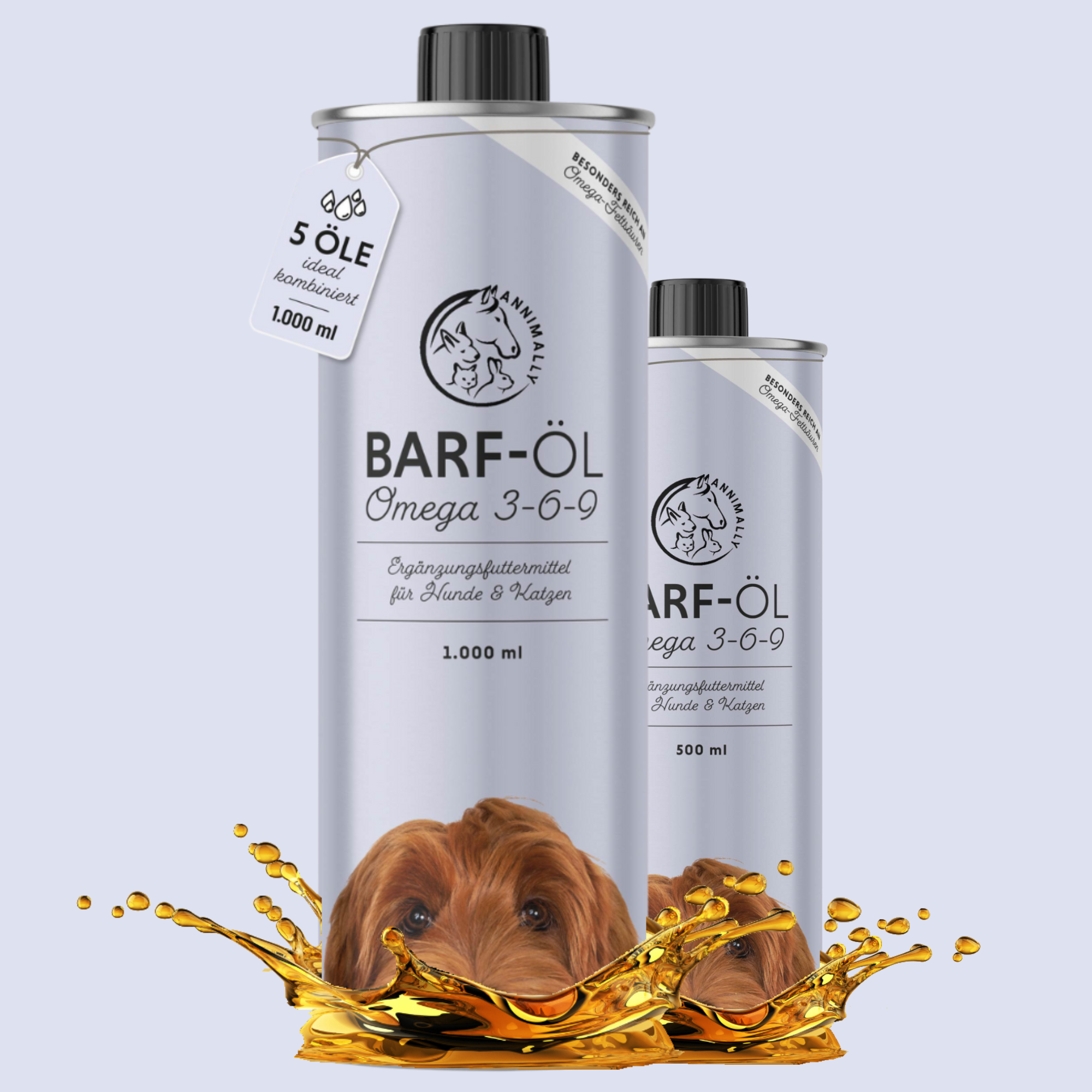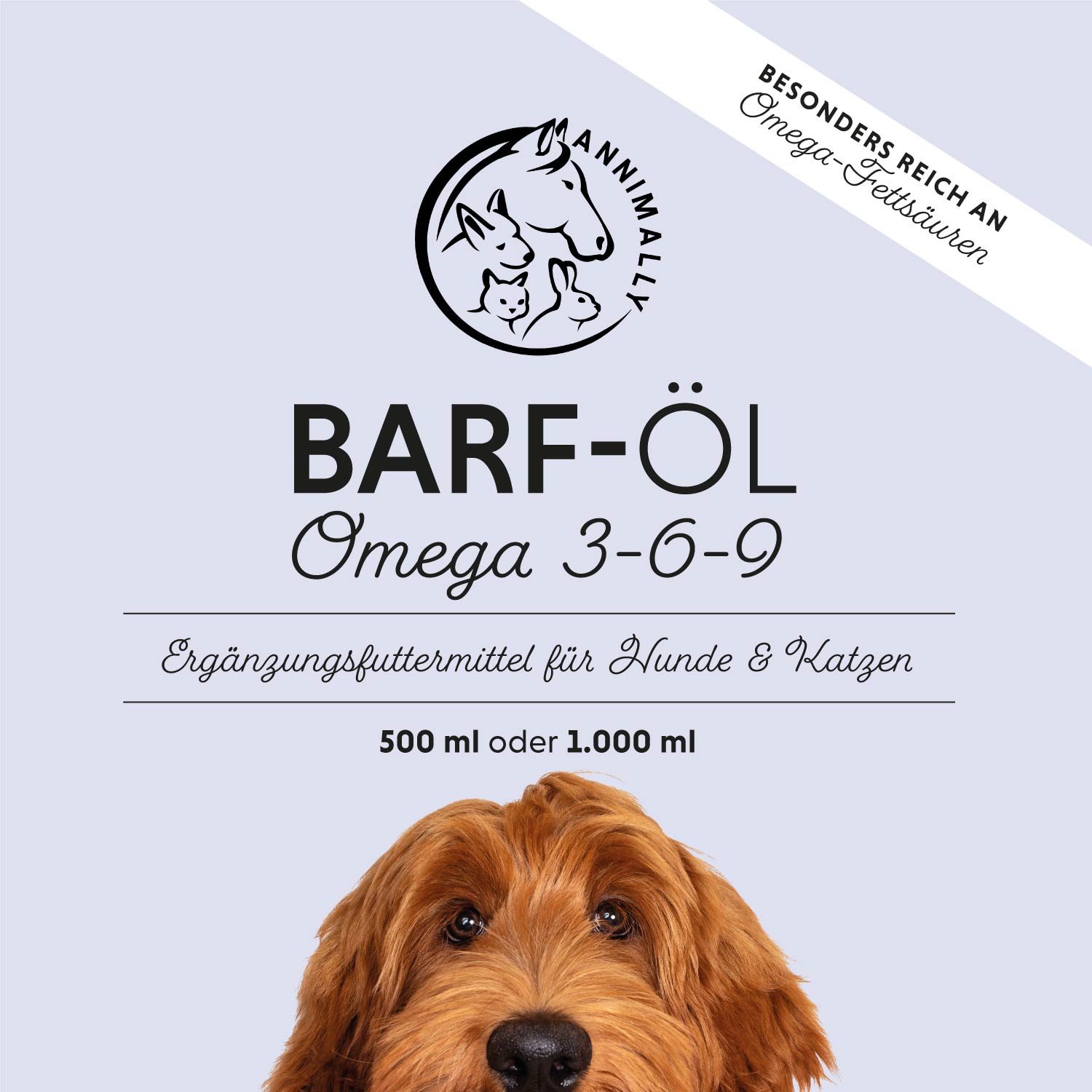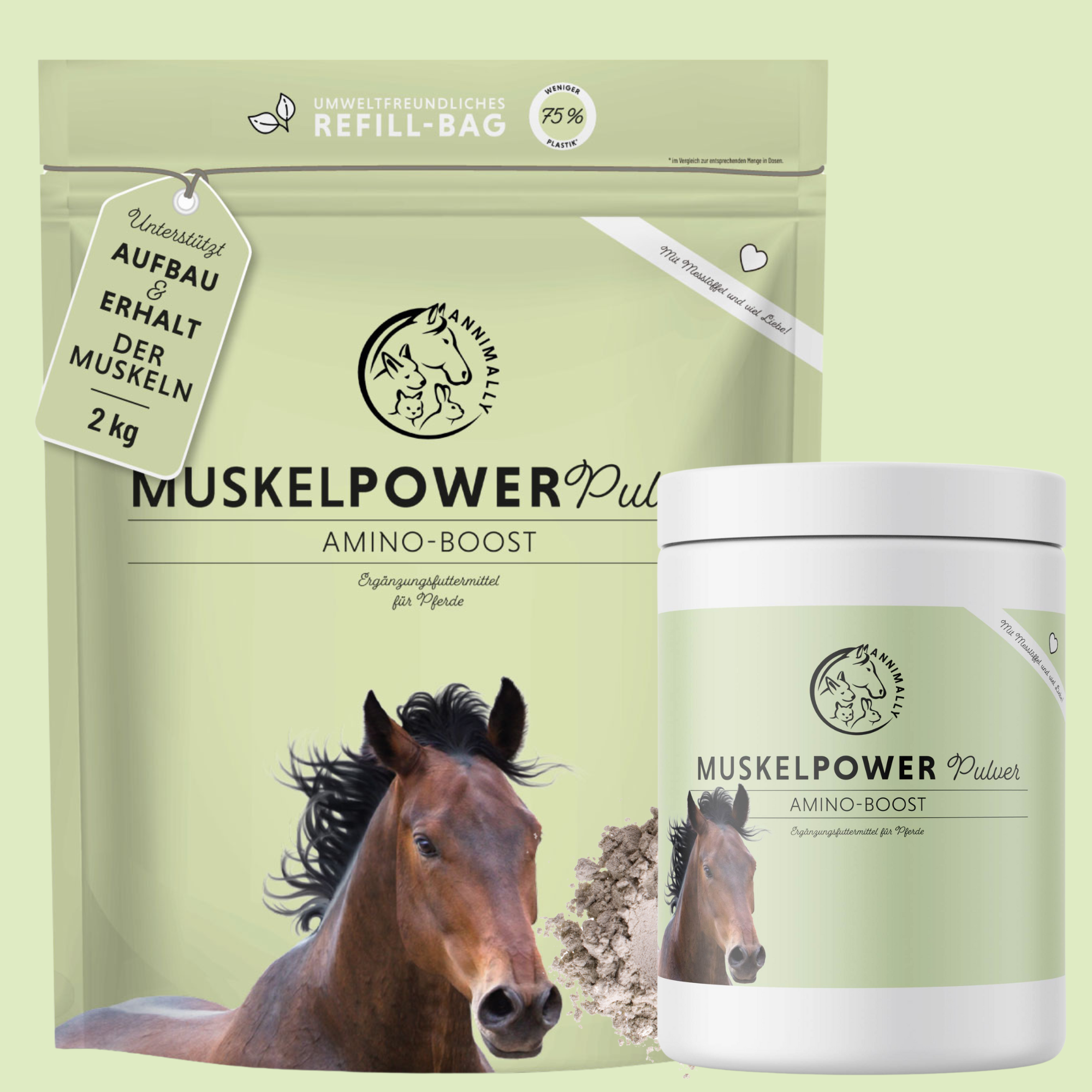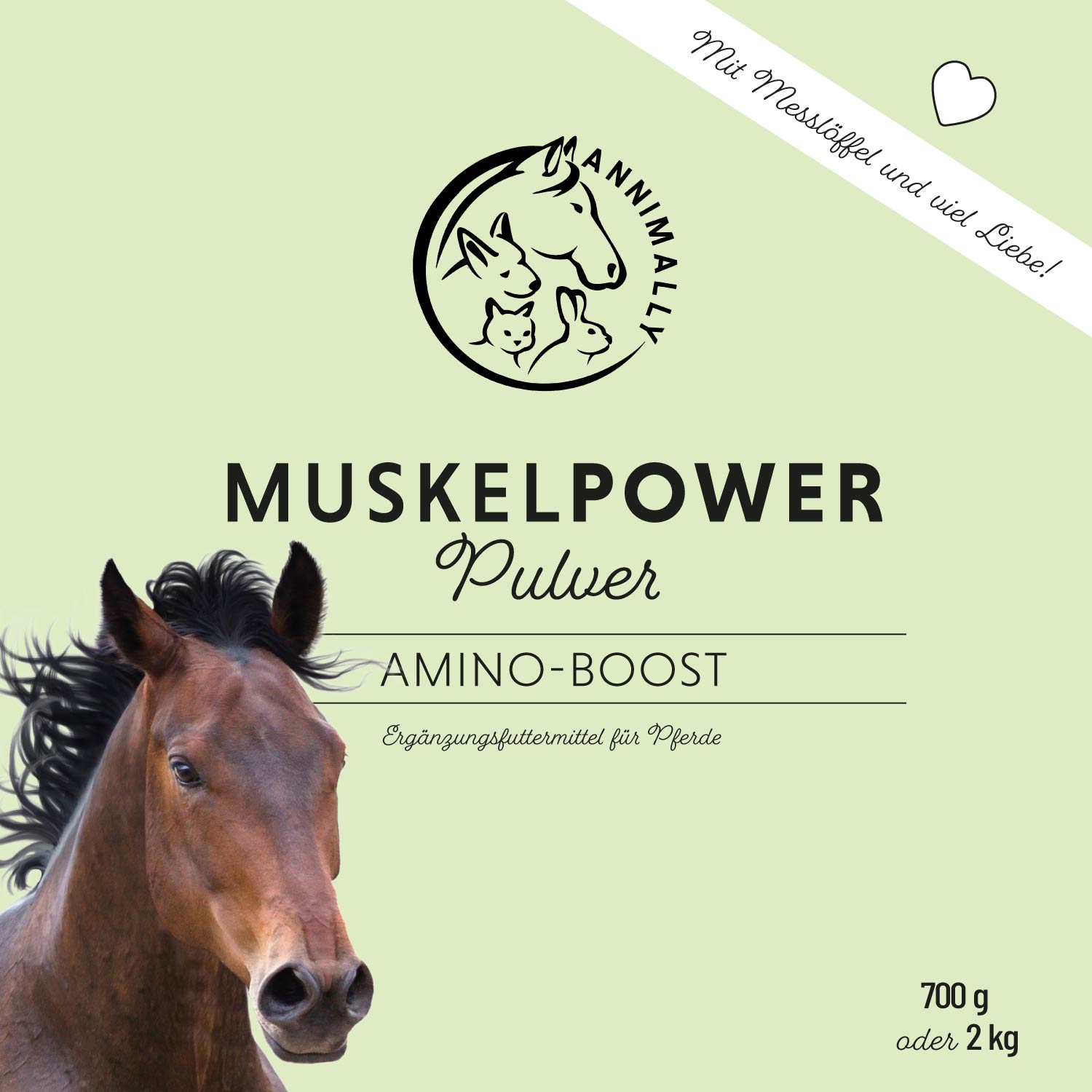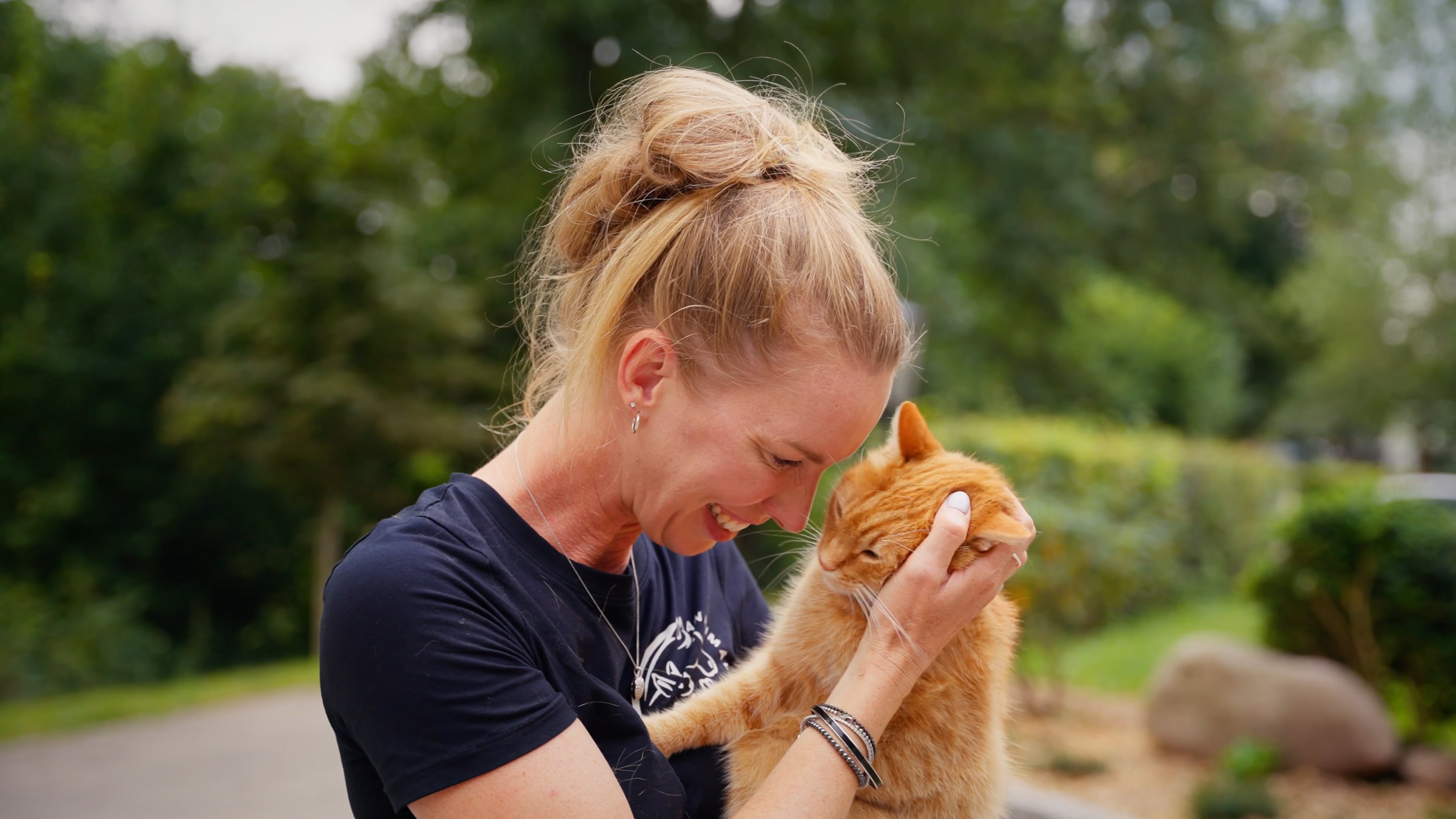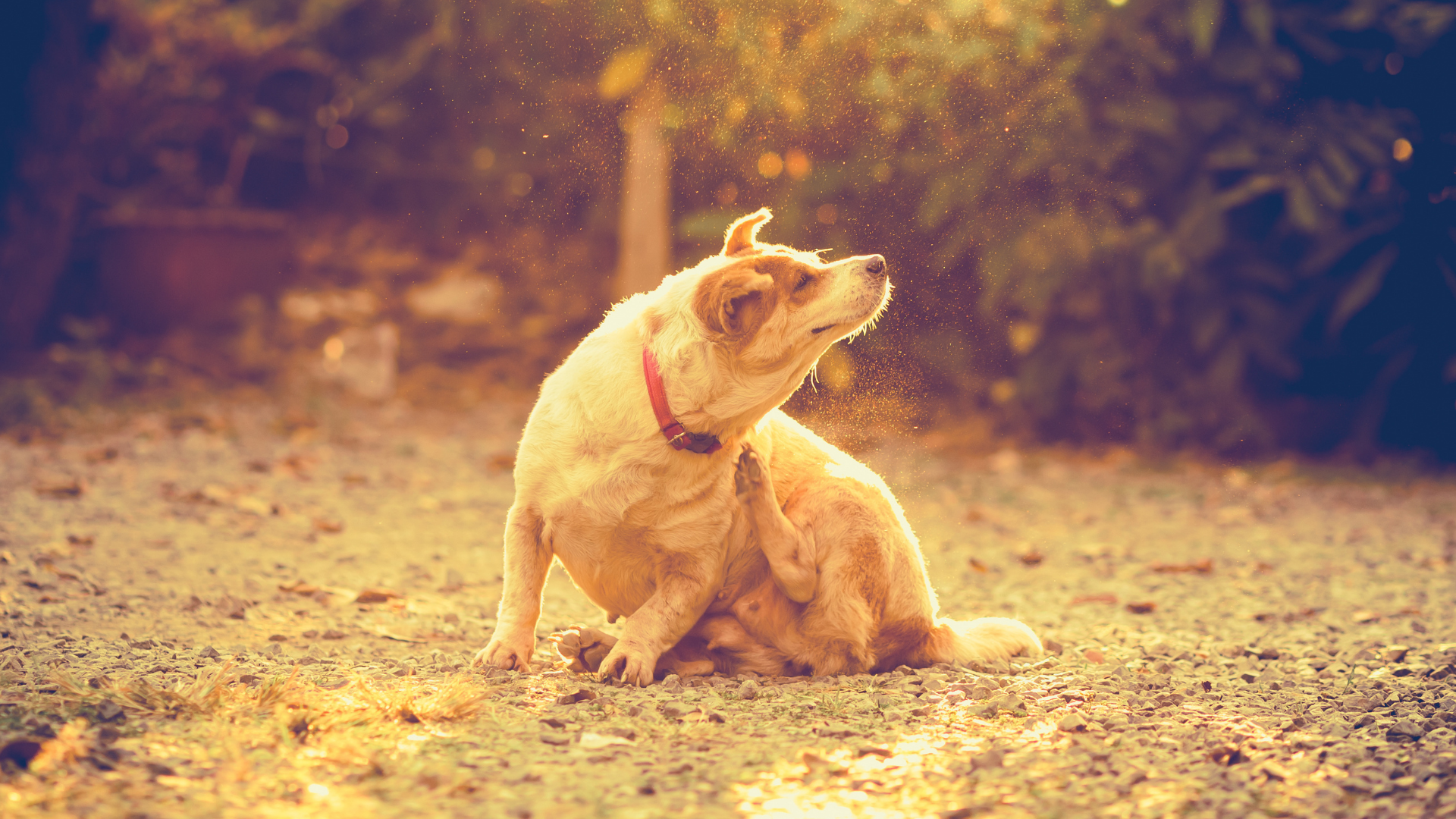
Allergic reactions in dogs: symptoms and co. - you should know that!
Licking, scratching, pushing: Yes, that could be an allergy!
If mites, fleas and other unpleasant infestations and diseases can be ruled out, then an allergy is obvious. In dogs, too, an allergy often manifests itself in the form of itching, red eyes and swollen airways. What are the symptoms of an allergy, which reactions occur frequently and what can you do about it? We summarized that.
Allergy symptoms in dogs

There are various symptoms that indicate an allergic reaction or an intolerance in your dog. In addition to inflamed ears, scaly skin and constant scratching, increased licking of the paws, nibbling on the claws or dull fur are also classic signs of an allergy. Food intolerances are also often reflected in recurring diarrhoea, flatulence, vomiting, anal gland problems or recurring ear infections.
These are typical dog allergies
Meat: Unfortunately, today it is not uncommon for pets to struggle with allergies. For example, many dogs respond to certain protein sources. Intolerance to types of meat, e.g. B. chicken or beef are now widespread. So-called exclusion feeding often helps here to find out which type of meat could be the culprit.
Cereals and Co.: Allergy to cereals is also becoming more common. Many feed suppliers therefore do without wheat or rice and replace the components with potatoes or their "sister", the "sweet potato", which is considered even gentler. Some dogs also show an intolerance to cornmeal.
mites: What initially sounds disgusting is completely normal and not an indication of inferior quality: especially in dry food, feed mites like to cavort. These trigger allergies in many dogs. Dry food should therefore never be stored open and too warm. It is best to fill a few portions and freeze the rest of the food.
Many dogs also react to house dust mites. So if your furry friend gymnastics through your bed and then gets sneezing attacks, the situation is pretty clear. The basket is also susceptible to house dust mites. Therefore, you should vacuum and wash it regularly.
Pollen and grasses: Just like many two-legged friends, some four-legged friends also suffer from "hay fever". The paws often itch after the walk, the nose runs or the eyes are red. You can help your dog by rinsing his paws with water after each tour or our special shower tabs use.
This is how you can find out if your dog has an allergy

Observe your four-legged friend very closely and consider what could be the trigger. Before you act on your own, you should definitely take your dog to a veterinarian. They can test your dog for various possible allergies and help you choose the right measures or medication. Elimination diets and blood tests are often done at the same time to identify allergy triggers.

